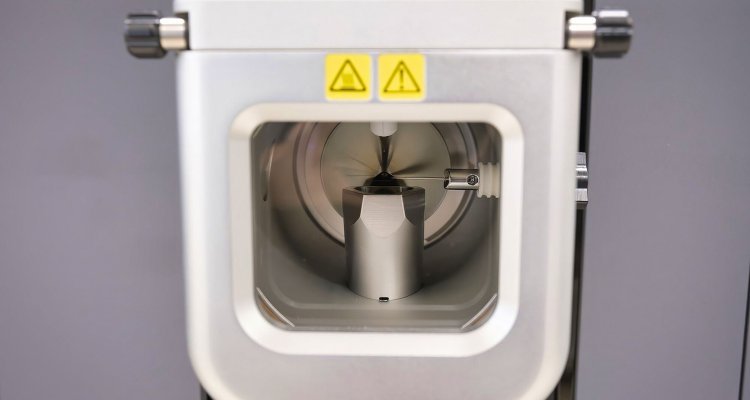
Background
Joint Investment in high-quality research equipment
Joint investment in research equipment is a longstanding practice at the Wageningen Laboratory of Food Chemistry, supported by subsidies from the RegioDeal Foodvalley and the Shared Research Facilities team at Wageningen University & Research (WUR). This provides researchers access to advanced instruments and opportunities for innovative research. Food chemists Henk Schols and Wouter de Bruijn share their insights.
‘At the Food Chemistry Laboratory, we conduct numerous analyses and experiments,’ says Schols, Emeritus Personal Professor of Carbohydrate Biochemistry in Foods. ‘This includes analyzing and elucidating the structure of complex dietary fibers, monitoring fermentation processes, measuring prebiotic oligosaccharides in breast milk, and chemically analyzing biomass. For these tasks, we extensively use chromatography and mass spectrometry,’ Schols emphasizes.
Spreading costs and risks
The equipment serves a broad range of applications but comes with high costs. ‘It's impossible for the average research group or startup to afford such equipment independently, including our laboratory,’ explains Schols. ‘Therefore, jointly investing in and utilizing such often unique equipment is a logical choice.’
Schols served for years on the scientific advisory board for research equipment investments at WUR. His chair invested in various advanced research instruments, such as the recent acquisition of the IQ-X: a mass spectrometer capable of unraveling complex molecular structures in food products.
Wouter de Bruijn, Assistant Professor of Phytochemicals at the Food Chemistry Chair Group, has now taken over from Schols. ’I manage the research equipment in our laboratory,’he says. ‘And I am putting forward proposals for new research equipment that we would like to acquire through the Regiodeal Foodvalley and Shared Research Facilities.’
Opening this equipment for shared use is a condition. ‘This helps us save costs, spread financial risks, and enables us to leverage the unique capabilities of the equipment even more.’ De Bruijn affirms.
Sharing is the new way of collaborating
According to De Bruijn, jointly investing in and sharing research equipment has more benefits. It often leads to collaborative research with research groups within WUR and other universities as well as with businesses and other practical partners. 'For instance, we conducted a study with Heineken on phytochemicals, small molecules analyzed in by-products from the brewing process. The aim was to use these molecules in the future to extend the shelf life of alcohol-free beer.'
De Bruijn also explored, alongside Unilever and two other companies, how to enrich foods with iron without causing discoloration. Another example is a collaboration where De Bruijn and his colleagues, along with NIZO Food Research, the HAS Green Academy in Den Bosch, and the industry, are investigating other components present in plant-based protein powders. 'All these studies were conducted with equipment made accessible through joint investments.'
